Feldenkrais – ATM Audio Lessons – Jeff Bickford
Feldenkrais – ATM Audio Lessons – Jeff Bickford
[37mp3 – 3pdf]
Description
Feldenkrais – awareness through motion audio lessons by Jeff Bickford BookletsSeeing with Magical Eyes; Practices to Revitalize Your Experience of the WorldMovement Practices for MeditatorsFeldenkrais Awareness Through Movement Audio LessonsPlease How to do Awareness Through Movement Lessons and consult it frequently. How you do these lessons will determine what you get from them.If you have any health problems please consult with your health care practitioner before doing any of these lessons. Though they are very gentle, some lessons may not be beneficial for you.Organizing your back, neck, and pelvis for greater freedom of movementPotent Flexion (A1)This lesson can help you release tight muscles in your lower and middle back and help soften rigidity in shoulders, chest, and hips, bringing greater fluidity of movement in general and greater ease to being vertical – sitting, standing, and walking.Tilting Bent Legs with Triangle Arms (A2)Twisting, flexing, and extending your spine can result in unwinding the tension in your torso giving you greater suppleness in everything you do.Tilting Crossed Bent Legs with Triangle Arms (A3)Similar to ‘Tilting Bent Legs with Triangle Arms (#5), but a little more advanced.Carriage of the Head (A4)This lesson brings a new sense of how your head can rest comfortably on your spine and bring greater ease to the movements of your neck and upper back. (This lesson is done laying upon your stomach.)Head to Knee with Pushup Arm (A5)This lesson is done on your stomach and works with the actions of folding/flexing, rotating, and twisting your spine. The result is surprising, as you’ll find that your spine will extend much more easily, allowing your chest to open and letting your head ride more easily on your spine.Returning Movement to the Base of the Neck (A6)This lesson brings awareness to a part of ourselves we’ve often lost contact with, the area where upper back and spine meet the base of the neck. It can help in finding balance while standing and walking and help connect the movement of our arms to the movement of the spine. This lesson can also greatly reduce tension in one’s upper back and neck. Proceed carefully – don’t do large movements, as in this area small changes have large results.Connecting Through the Diagonals (A7)This is a deceptively simple lesson that will leave you feeling connected through your trunk and into your arms and legs, making walking, reaching, running, and doing every day tasks freer and easier. (Some of the movements are done on your stomach.)Preparation for Crawling (A8)Crawling is one of the basic functions we learn as infants. It helps organize the relation of spine, pelvis, abdomen, and head, and is integral to standing and walking. Take note that much of the lesson takes place on your hands and knees, if you have an issues with your wrists it might be best to choose another lesson.On the Cheek (A9)This lesson can bring a new sense of awareness and movement to the area between your shoulder blades, upper back, and neck. When these parts of ourselves move well we have greater range of motion and comfort in our shoulders, neck and chest. Take note that much of the lesson takes place on your hands and knees.Bringing movement to your sternum and ribs to free your back and relieve joint painReturning Movement to your Sternum (B1)Returning movement to your sternum can have repercussions throughout your life and your experience of movement. Restricted movement in your chest prevents movement of your ribs which often results in neck and lower back pain and dysfunctional use of the joints of the arms and legs. It can also open up locked up emotional experiences, so proceed with care.On Side, Sternum Becoming Flexible (B2)Freeing the movement of your sternum will positively effect your experience of movement. It can help to reduce the stress on all your joints, as it helps to distribute the stresses of movement throughout your skeletal system. It can also open locked-up emotional experiences, so proceed with care.Freeing your jaw, eyes, mouth, and neck*Jaw, Neck and Pelvis – Nodding Head (C1)Comfortable movement of your jaw is integrally related to the freedom of movement of your neck, back, chest, and pelvis. Old habits of posture and movement effect the comfort you experience in the movements of your jaw. As you regain the ability to comfortably round and arch your back and to bend your neck to look up and down, you will find greater ease in the movements of your jaw.*Jaw, Neck and Pelvis – Turning Head (C2)This lesson uses the movements of sliding your jaw side to side and of rotating your head and pelvis to bring into your awareness the relationship of these seemingly distant parts of your body. Results can be greater ease in the movements of your jaw, increased range of motion and comfort turning your head, and more functionally integrated relationship of your upper and lower body.The Relationship of Jaw, Tongue, Neck, and Pelvis (C3)Many of us hold a great deal of tension in our jaw and mouth. This effects the movements of one’s neck and pelvis which can result in a tight, sore neck and back as well as long term degradation of vertebrae. This lesson can help you bring attention to the movements of your jaw and tongue and how they relate to freedom of movement of your neck and pelvis.Doin’ the Groucho; Differentiating Eyes, Lips, Tongue, and Jaw (C4)Parts of this lesson can be so difficult, and silly, you’ll find yourself laughing. The lesson leads you through a process of differentiating the different parts of your face and mouth. You’ll be surprised how freeing the movements of your face effects your whole being, and your outlook on life.Open Focus, Open Attention (C5)This is essentially a guided meditation that can bring you to a greater awareness of how you can see the world with different eyes. For some it can change a habit of isolation from the world and the anxiety that comes with that.*Eyes, Neck and Pelvis – Nodding Head (C6)Free movement of your head and neck is integrally related to the movement of your eyes, chest, and pelvis. The way you use your eyes effects the comfort you experience in the movements of your head.Coordinating your legs, feet, hips, and balanceFrog Legs (D1)This is a great lesson to help integrate the movement of legs, spine, and hips. The movements you will learn can become a great way to gently and easily warm yourself up before walking, climbing, or running.Getting to Know the Hip Joints (D2)This is a deceptively simple lesson that can be a great help in releasing tight ham strings to provide greater ease when standing or walking. It’s also very helpful for those of you who practice sitting meditationSpinal Chain; asymmetrical and rocking (D3)We often forget that we are held up in gravity by the pressure of our feet against the ground; this lesson helps to re-establish our ability to press our feet against the ground and connects that pressure all the way through our skeleton.Spinal Chain; Arms Reaching (D4)This lesson is very helpful to find greater balance in standing and walking. It provides the grounding that spinal chain brings as well as connecting movements of the upper back and neck to the reaching of one’s arms.Painting with the Feet while on your Stomach (D5)This lesson helps integrate movements of your legs and hips with movements of your spine and ribs.Circling the Feet while on your Stomach (D6)This lesson is similar to ‘Painting with the Feet’, with a bit different approach.Toes and Feet (D7)Doing this lesson can lead to the surprising discovery that bringing greater awareness to the movements of your toes and feet can lead to greater vitality and calmer energy.Standing on Crossed Legs (D8)A great lesson to help with balance and coordination. It also functions as a tonic for your entire organization for walking (or dancing!).Hips and Trunk (D9)Another good way to integrate the movements of legs, spine, and hips. The movements in this lesson can be larger so it is best to start with a less advanced lesson, like Frog Legs.Hips and Trunk, Holding Knee (D10)A continuation of #21, Hips and Trunk, this lesson brings a great deal of side bending and arching movement to your spine, helping to free the movements of sternum, ribs, pelvis and legs.Straightening the Leg by Retreating the Hip (D11)This lesson is done on your side and will help integrate the relationship of legs and spine. It can result in a great feeling of openness across the upper back.Sexy Legs (D12)This lesson frees the movement of your legs by increasing the range of motion of your sternum, upper back, shoulder blades and rib cage. Quite often we think of our legs as stopping at our hip sockets, which may be true ‘anatomically’ but isn’t true functionally. The more we sense the relationship of our legs and trunk the better integrated our movements will be.Flexible Knees (D13)Knee pain is often caused by restricted movement of one’s spine, ribs, abdomen, and sternum. This lesson frees movement in those areas so that your knees can move with greater ease. Take note that much of the lesson takes place on your hands and knees, if you have an issues with your wrists it might be best to choose another lesson.Freeing your breathingSeeSaw Breathing (E1)If you find that your breathe is shallow, or frequently find yourself holding your breathe, this lesson can be very helpful. It works with the parts of ourselves that move while we breathe. It does not teach a ‘right’ way of breathing, but creates the potential of breathing freely in all situations.Radial Breathing (E2)During periods of stress our breathing can be thrown off and lead to disconnected movement. This lesson helps connect movement with the action of breathing, reintegrating a way of breathing that is fundamental in all healthy movement.*Breathing Volumes (E3)The intention of this lesson is to bring those parts of you that can move when you breathe into your awareness. The intention is not to suggest how you should breathe, but to give you greater versatility so you can breathe with greater ease in whatever situation you find yourself in.Improving your use of arms and shouldersArm and Shoulder Comfort (F1)Distress in arms and shoulders usually comes from isolating arm and hand movements in one’s arms and hands – which though sounding logical works best in machinery. The more your whole body is integrated in movement the easier everything becomes. You become supple, limber, more aware of how to make movement easier and comfortable. This lesson helps you learn to involve your whole body in movements of your hands and arms which can help you gain greater arm and shoulder comfort.Sitting, Turning Around Hand (F2)Another lesson that approaches the distress in arms and shoulders that can come from isolating arm and hand movements. This lesson is done sitting, preferably on a bench, or on a flat bottomed chair or stool with a chair or stool of equal height on either side where you can place your hands. It helps you learn to allow chest, ribs, spine, and sternum to move with the movements of your arms and hands.Hand to Mouth, Mouth to Hand (F3)This lesson uses the basic function of bringing your hand to your mouth to focus on how the neck, spine, and belly are involved in movements of the hand and arm. It can relieve tension in the upper neck and between the shoulder blades as well.Working with the Dominant Hand (F4)I first used this lesson to help people who had trouble sleeping – in fact, it’s a great lesson to do in bed, as the movements are fairly minimal. It can help calm your whole nervous system down while helping you learn better use of your hands, arms, and shoulders.
You must be logged in to post a review.

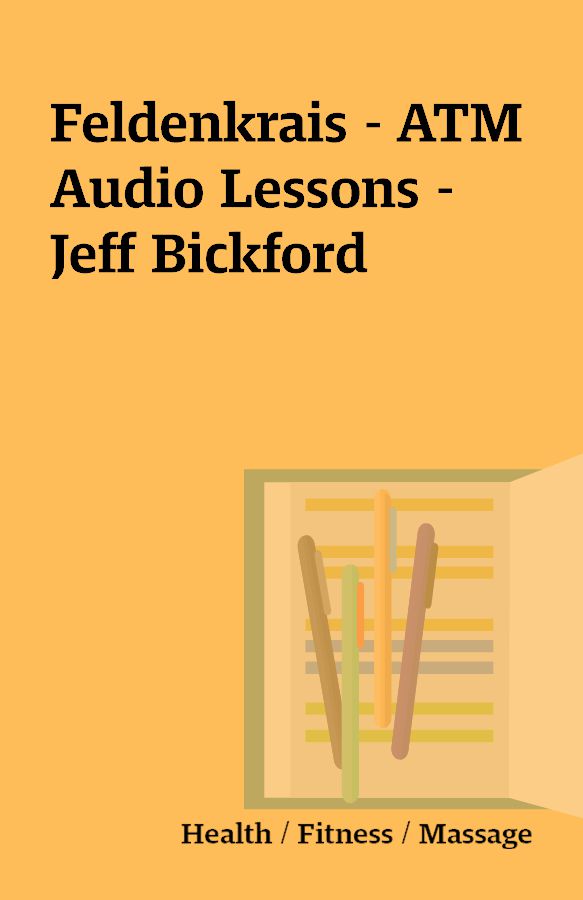
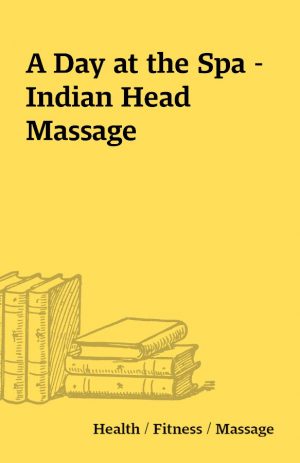
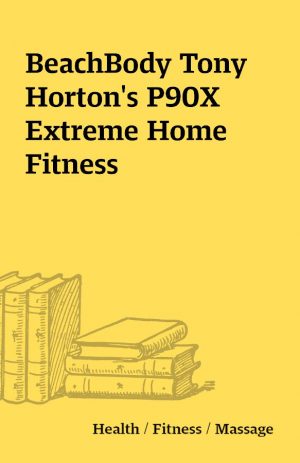
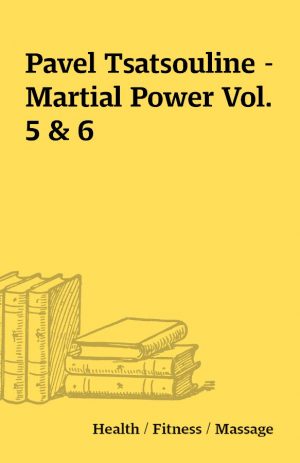
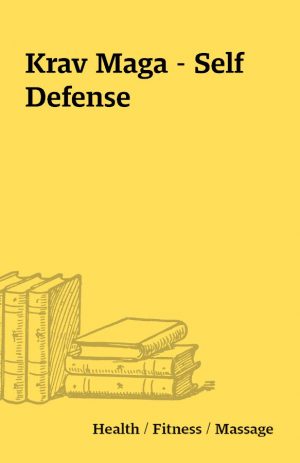
Reviews
There are no reviews yet.